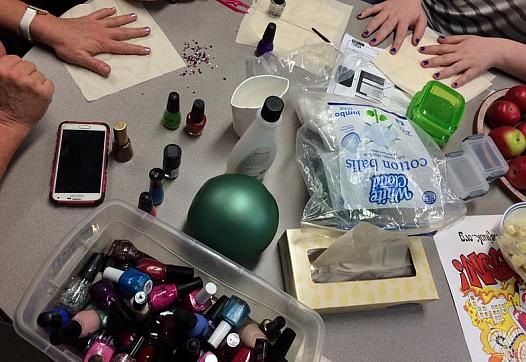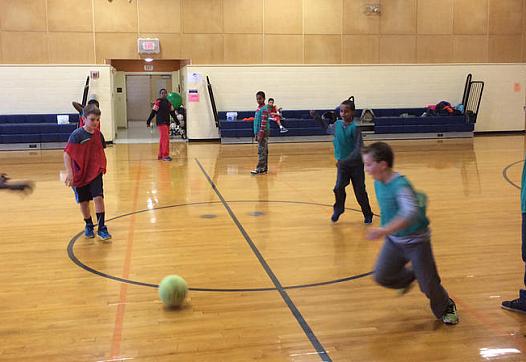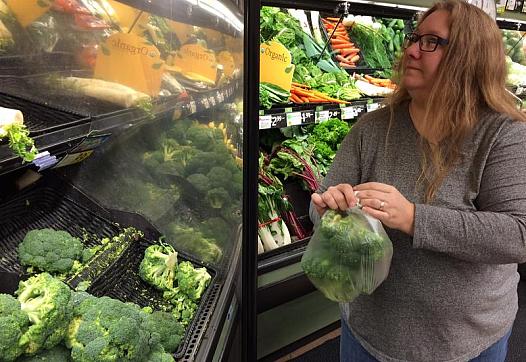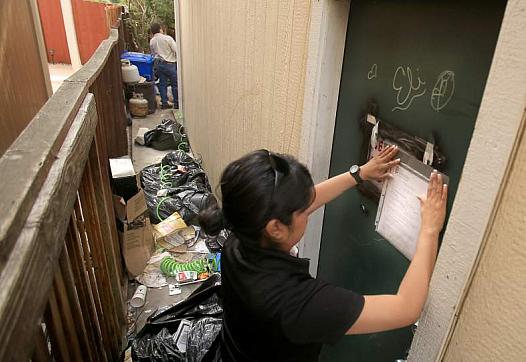
A new Health Matters webinar this week explored just how different the health care spending map looks when researchers are given access to price and spending data from private insurance plans.

A new Health Matters webinar this week explored just how different the health care spending map looks when researchers are given access to price and spending data from private insurance plans.

In the final installment of Patty Wight's series on poverty and obesity, she looks at the power of social stigma and bias around weight, and the lasting effects they can have on a child.

In the fourth part of Patricia Wight's series exploring the link between childhood poverty and obesity, she visits an elementary school in Portland that has developed a creative way to get kids moving. Within minutes of the school doors opening, 16 kids are in the gym, ready for indoor soccer.
As schools across the country step up efforts to provide more nutritious foods to all children, they’re also focusing on ways get them interested in trying them. And it can be particularly important for kids from low-income families, who often lack access to nutritious food at home.

Tiffany Krastins stopped receiving food stamp benefits this past September. But with a family of six, money is still tight. “Eight-hundred dollars a month to feed six people, it breaks down to about $1.53 per meal,” she says.

“Dollars that were intended for a wide array of medical services started being gobbled up by just one drug,” said Charles Bacchi, president of an industry trade group.

This webinar will help journalists contextualize private-payer data, discuss possible policy responses, and offer suggestions for how reporters can use this resource to bolster their reporting.

According to the Maine Children’s Alliance, 30 percent of Maine kids ages 10-17 are overweight. That’s more than 36,000 kids, and nearly half of those are considered obese. And children from low-income families are especially vulnerable.

The government framework set up to protect Sonoma County renters from unsafe and unhealthy living conditions has developed such extensive cracks that it has left many tenants without public recourse save for the court system, where help often comes too late to make fixes or fight evictions.

In California's Sonoma County, some families face living conditions that include high levels of dangerous mold and other asthma triggers. When landlords don't act, problems can fester for years, leading to a host of health problems.